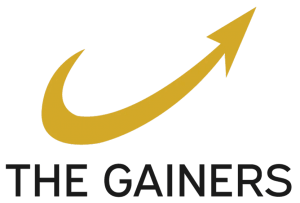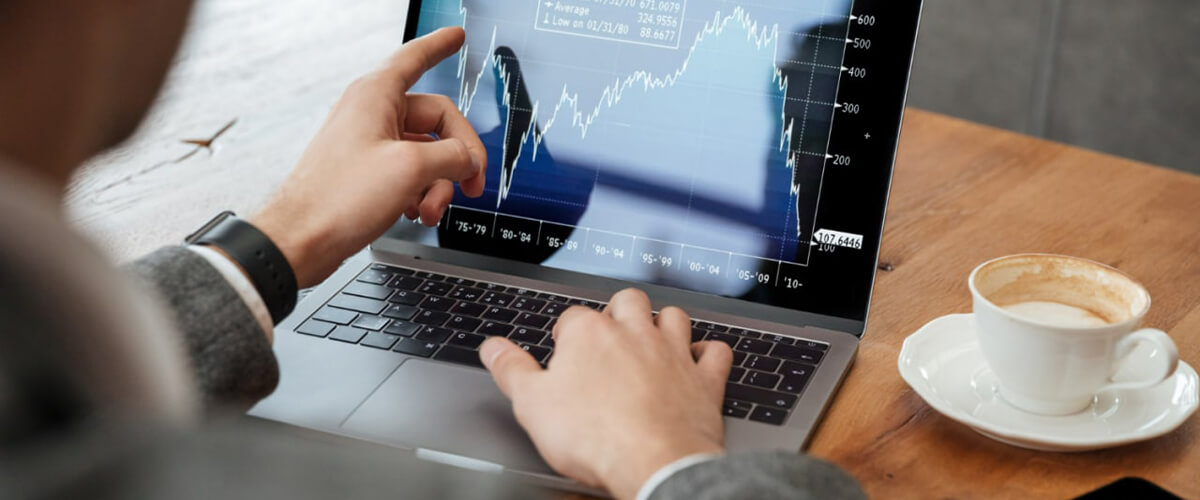Future and options trading, also known as derivatives trading, is a form of financial market activity that involves buying and selling contracts that derive their value from an underlying asset, such as a stock, commodity, currency, or index. Future and options trading can offer many benefits to investors who want to create wealth in a safer way than equity trading.
One of the main benefits of future and options trading is that it allows investors to hedge their risk exposure by locking in a price or level for a future trade. This can help them protect their portfolio from adverse market movements and reduce their losses. For example, an investor who owns shares of a company can buy a put option to sell the shares at a predetermined price if the share price falls below that level.
Another benefit of future and options trading is that it provides leverage, which means that investors can control a large amount of underlying asset with a small amount of capital. This can magnify their returns as well as their losses. For example, an investor who expects the price of gold to rise can buy a call option to buy gold at a fixed price in the future with a small premium. If the price of gold rises above the strike price, the investor can exercise the option and profit from the difference.
Future and options trading also offers flexibility and variety to investors, as they can choose from different types of contracts, underlying assets, expiration dates, and strategies. They can also trade future and options contracts on various platforms, such as exchanges or over-the-counter markets. Future and options trading can help investors diversify their portfolio, speculate on market trends, or arbitrage price differences.
However, future and options trading also involves some risks and challenges that investors should be aware of. Future and options contracts are complex and require a high level of knowledge and skill to trade effectively. They are also subject to market volatility, liquidity issues, margin requirements, counterparty risk, and regulatory changes. Future and options trading may not be suitable for all investors and should be done with caution and due diligence.
Here are five reasons why:
- Future and options trading can reduce risk. Unlike equity trading, where you have to buy or sell the actual asset, future and options trading allows you to hedge your exposure to the price movements of the asset without owning it. For example, if you are bullish on a stock but worried about a possible downturn, you can buy a call option that gives you the right to buy the stock at a fixed price in the future. This way, you can profit from the upside potential of the stock without risking too much capital if the price falls. Similarly, if you are bearish on a stock but afraid of missing out on a rally, you can buy a put option that gives you the right to sell the stock at a fixed price in the future. This way, you can profit from the downside potential of the stock without losing too much money if the price rises.
- Future and options trading can enhance returns. Unlike equity trading, where you have to pay the full price of the asset upfront, future and options trading allows you to leverage your capital and control a larger amount of the asset with a smaller investment. For example, if you want to buy 100 shares of a stock that trades at $100 per share, you have to pay $10,000 in equity trading. However, if you want to buy a futures contract that represents 100 shares of the same stock at $100 per share, you only have to pay a margin deposit of $2,000 in future trading. This means that you can amplify your returns by using less money. Similarly, if you want to buy an option contract that gives you the right to buy 100 shares of the same stock at $100 per share in the future, you only have to pay a premium of $500 in options trading. This means that you can benefit from the price movements of the asset with a lower cost.
- Future and options trading can offer flexibility and variety. Unlike equity trading, where you have limited choices of assets and strategies, future and options trading allows you to trade a wide range of assets and employ different strategies to suit your goals and risk appetite. For example, if you want to trade commodities such as gold or oil, you can do so easily with futures and options contracts that track their prices. Similarly, if you want to trade currencies such as USD or EUR, you can do so conveniently with futures and options contracts that reflect their exchange rates. Moreover, future and options trading allows you to combine different contracts and create complex strategies that can help you profit from various scenarios and market conditions. For example, if you want to profit from a stable market with low volatility, you can sell an option contract that has a high premium and collect income from it. Alternatively, if you want to profit from a volatile market with high uncertainty, you can buy an option contract that has a low premium and benefit from large price swings.
- Future and options trading can provide liquidity and transparency. Unlike equity trading, where some stocks may have low trading volume or high bid-ask spreads that make them illiquid or costly to trade, future and options trading takes place on standardized and regulated exchanges that ensure high liquidity and transparency for all participants. For example, if you want to trade futures or options contracts on the S&P 500 index, you can do so easily on the Chicago Mercantile Exchange (CME), which is one of the largest and most liquid derivatives markets in the world. Similarly, if you want to trade futures or options contracts on individual stocks or ETFs, you can do so efficiently on the Chicago Board Options Exchange (CBOE), which is one of the leading and most transparent derivatives markets in the world.
- Future and options trading can help diversify your portfolio. Unlike equity trading, where your portfolio may be concentrated on one or few sectors or regions that expose you to specific risks or shocks, future and options trading allows you to diversify your portfolio across different asset classes and markets that have different characteristics and correlations. For example, if your portfolio consists mainly of stocks that are sensitive to economic cycles or geopolitical events, you can diversify your portfolio by adding futures or options contracts on commodities or currencies that are driven by supply-demand factors or monetary policies.










